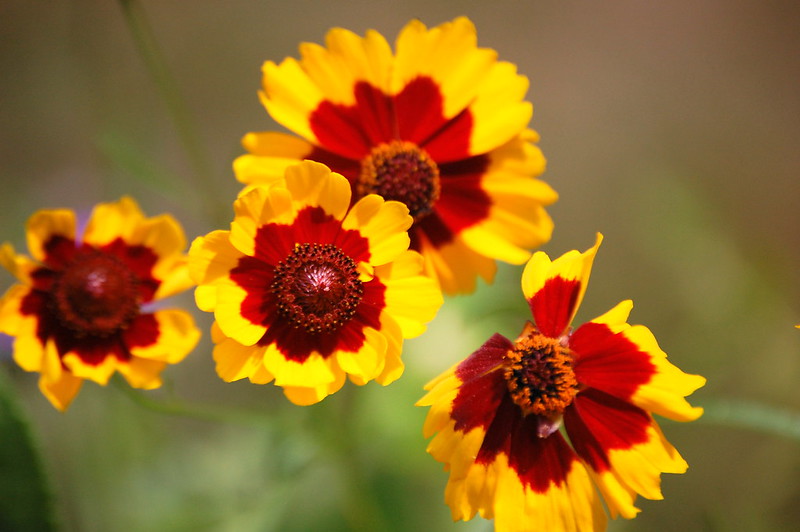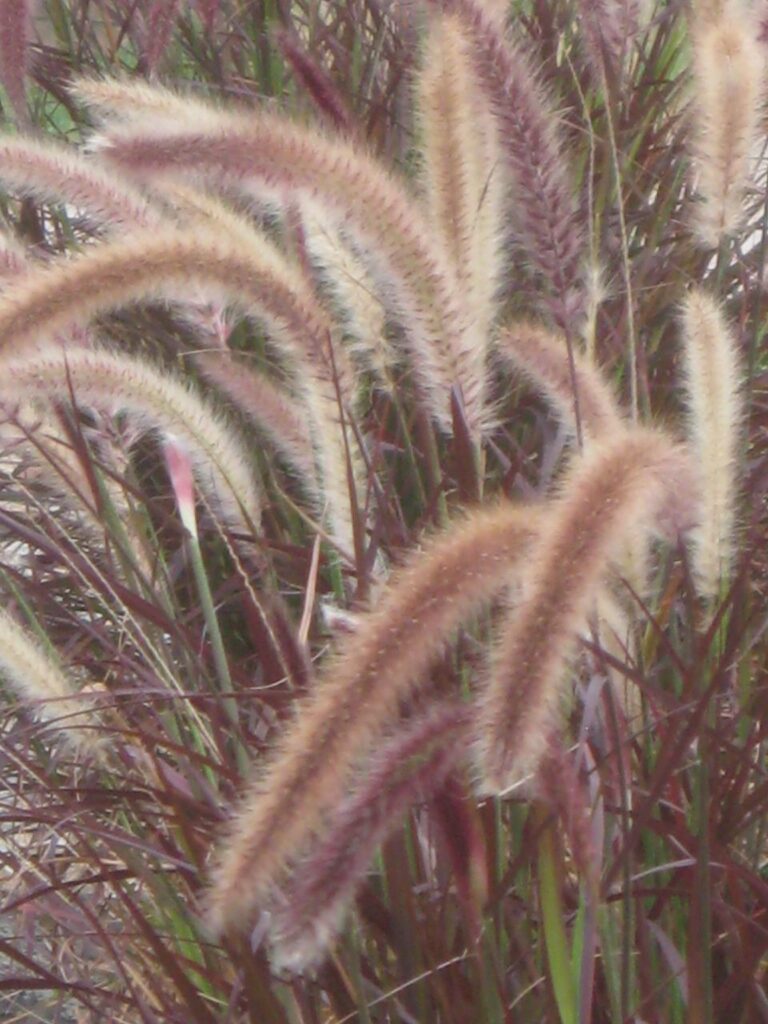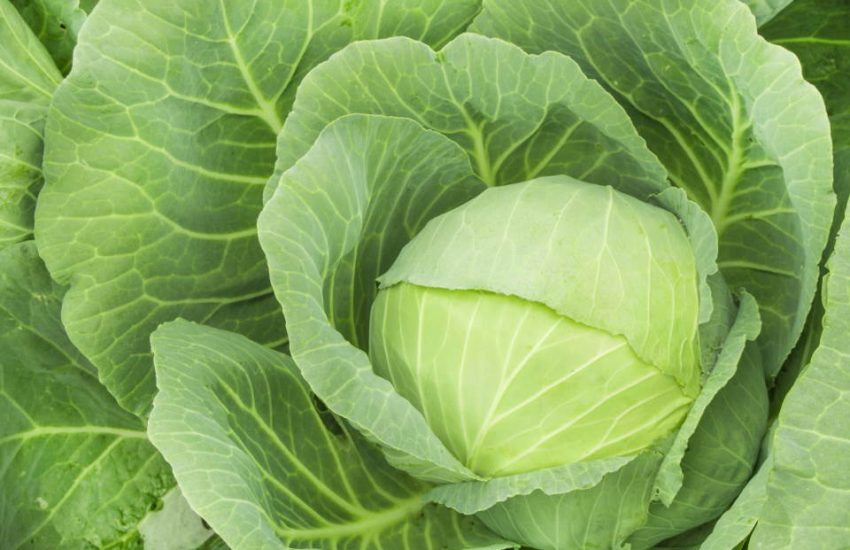Flower Gardening for Beginners
Whether you grow flowers on your windowsill or spend every weekend on your garden plot, you know what a special feeling gardening gives you. It’s not about the size of your lawn or how much time you spend digging up your plot. It’s about the joy and satisfaction that come from gardening.
There are many ways to enjoy the fruits of your labor: breathing in the scent of blooming flowers, walking barefoot on a freshly mowed lawn, and picking ripe fruit from a tree. Our research has shown that simply enjoying garden creations is one of the greatest sources of happiness.
People have been gardening for more than 12,000 years. Research shows that gardeners experience a sense of joy when new plant life is born through their labors. The true gardener is interested in the whole process of plant life, from the cultivation of the soil and the transformation of the seed into a sprout to the overall planning of garden plantings.
What if you are a beginner gardener and do not know how to start glower gardening? In this guide, we will outline the essential and easy ways to start flower gardening for beginners.
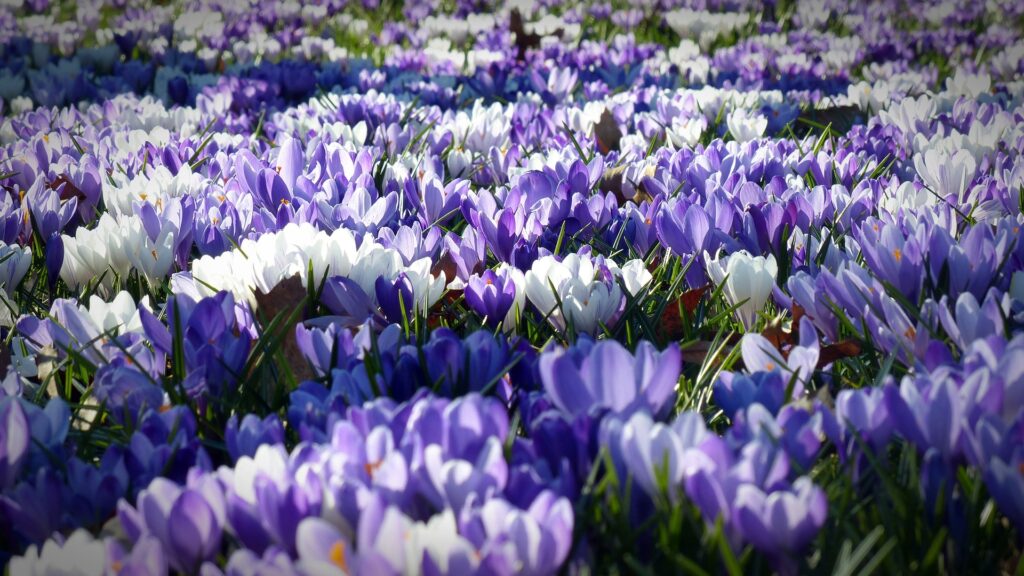
How to Grow an Amazing Flower Garden
Flower gardening can be a passion, but it can also be overwhelming. There are millions of plants to choose from and even more ways to combine them. Let’s walk through the steps of building your flower garden.
- Starting the creation of your garden
Gardens should start with the soil, but most of us don’t have the patience. This is important, however, because that soil is what your flowers need to be healthy.
Choosing the right location is another key to blooming gardens. Most flowers thrive in full to partial sun, and you don’t want your garden to be in a location that interferes with other activities in your yard.
If this is your first garden, it’s probably best to start with the small one. Taking on a large area of the garden can quickly become overwhelming, and it may even distract you from the idea as a whole.
Is space an issue? Anyone can start a container garden on any scale. This is a great option if you live in an apartment or condo where breaking the ground is not an option.
- Annual flowers
Many of the most beautiful flowers in the garden are annuals, meaning they need to be planted every year. These include favorites such as pansies, petunias, impatiens, and marigolds, and are prized for the vibrant color they add to the landscape.
See Also: Gardening in Winter
Then there are flowers, such as foxglove and black-eyed Susan. These plants will have two increasing seasons in their life cycle. After that time has passed, they will be weeded out so that the process can begin again and again.
- Perennial plants
Perennials and flowers are what make a garden look better. Choosing the right plants for your garden and keeping them growing well is what makes perennial gardening such an enjoyable journey for the gardener.
There are always new perennials to try new techniques to learn. You’ll be glad to know that perennials come back year after year, even though some are limited to just a few years.
Even if they do come back, you still need to take care of your perennials. This includes separating them and knowing when to cut them after the growing season. With careful attention, perennials will be a mainstay in your flower beds.
- Growing roses
For some reason, roses have gotten a bad rap for being hard to grow. You can never grow an award-winning tea rose, but most roses will thrive in the garden. Choose varieties that will be happy in your area and give them plenty of sunlight, then sit back and smell the roses.
A few maintenance tips will help you do just that. For example, knowing how and when to prune your roses will keep your plants healthy and happy. You’ll also want to prepare them properly for the winter. Don’t be afraid of roses, embrace them. They are fantastic additions to any garden, and you’ll love every bloom.
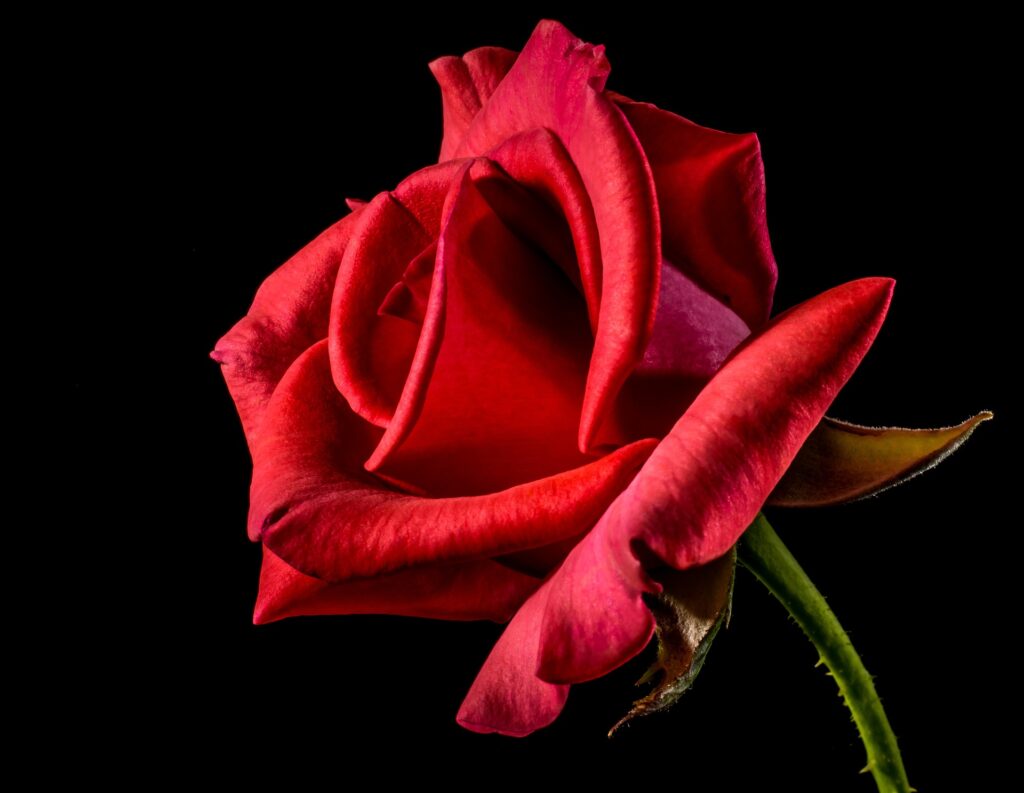
- Bulbs for beautiful blooms.
What would spring be without blooming bulbs? Tulips and daffodils are often the first signs of spring, and they are a fantastic motivator for the season ahead.
Bulbs do a little pre-planning, but they give you back years to come. Don’t stop at spring bloomers, either. There are bulbs for every season and every garden.
- Ornamental grasses.
Ornamental grasses can be a great backdrop for your flowers, and they can bring color to the garden all year long. This is a great way to expand your garden into the fall when many types of grasses peak and some even bring you joy in the winter.
If you don’t have room in your garden, containers are always an option.
- Flowering trees and shrubs
Trees, shrubs, and vines give garden architecture and bones. Many also add flowers or add colorful and textured foliage.
You can attract birds and butterflies with the right choice of shrubs, grow hydrangeas or dogwoods, or choose plants that illuminate their beauty in the fall.
Creative Flower Garden Ideas
If you want to add personality to your flower bed, you don’t have to go far to find incredibly clever ideas. Wheelbarrows and wagons are classic alternatives to raised beds. Some creative gardeners can even turn an old car into a giant flower bed.
Even something as simple as a “garden” flower pot can add a ton of charm to a garden design. Whatever you decide to do, remember to prioritize the well-being of your plants. Planting flowers too close together or in a container without drainage will greatly shorten their lifespan. And be prepared to replace old flowers periodically to keep the design fresh.
The most obvious place to create a flower garden is without a doubt your backyard. Chances are high, you have enough space there to arrange one or two flowerbeds. Even though flowering perennials don’t require long maintenance. They still need to be pruned from time to time. But if you fill your entire garden with annuals, you’ll have to plant, prune, and replant every year.
Designing a beautiful garden isn’t hard – the flowers take care of most of the work. Choose a color palette and stick to it. Remember that the “all colors” option is acceptable. You just need to maintain a balance throughout the garden. The lush, shimmering beds are like a fairy tale. While flower beds are gorgeous, you certainly don’t need to sacrifice your entire yard to enjoy their beauty.
Border gardens are a great way to add color and texture to your landscape. They can also help organize your outdoor space and make it more collected. Play with raised beds and interesting foliage to make your border garden more impactful.
You can install a border garden along a path or the edge of a patio. However, you can also create a border around the lawn. Use regular stones for a strict separation, or allow flowering plants to extend over the edge to give it an organic look.
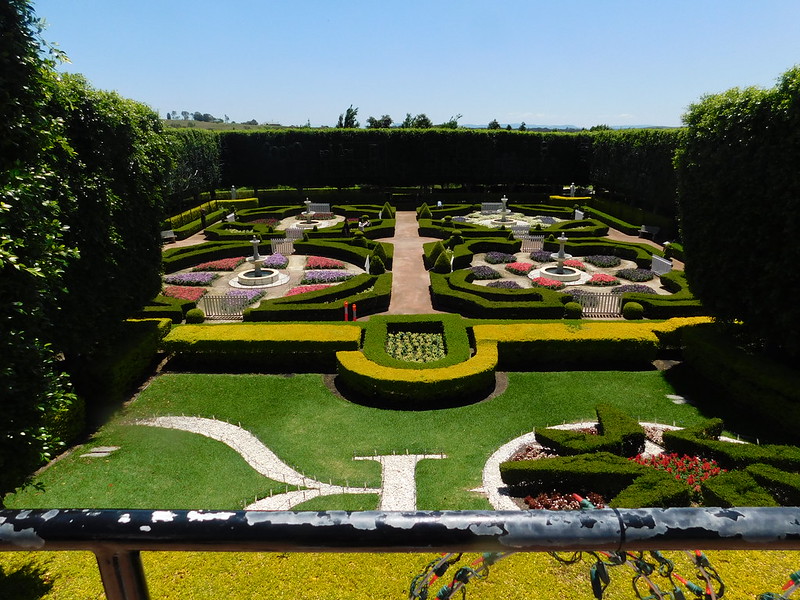
No matter what ideas you prefer for your garden, a raised bed is a great tool as a backup border option. Raised beds are an easy way to create clear boundaries between your garden and your patio or lawn.
You can also use this method to add dimension to your garden. Make some tiered beds to maximize the space and ensure that all of your favorite flowers get to spend time in the sun. Or build small, narrow beds into the top of a masonry wall to give it a decorative look.
Look like: Gardening For Beginners
Landscape Flower Garden Ideas
For a formal design, the structure of the flower bed should be your top priority. Use landscape borders or mulch, making them stand out. Leave equal space between plants to maintain symmetry.
Any shrubs, trees, or other hardy perennials are great candidates for a landscape flower bed (if, of course, they bloom). Annual flowers require annual planting and can easily overshadow a regular garden. It’s better to save these little flowers for windowsills and home flower pots.
Avoid strict symmetry and patterns in the placement of flowers. Ideally, the finished design should look as if it grew naturally (but of course it doesn’t). This is easily accomplished by choosing slightly wild plants.
Don’t forget to incorporate vertical layers into your garden design. Flowering trees are a great choice. You can also use classic planters surrounded by groundcover plants. Hanging flowers are the best choice for this planter.
Perennial flowers are a great place to start, and hydrangeas, roses, and azaleas are optimal options. Use tall plants such as ornamental grasses to create a sense of privacy in your garden design. Also, be sure to choose plants that bloom at different times for multi-season beauty.
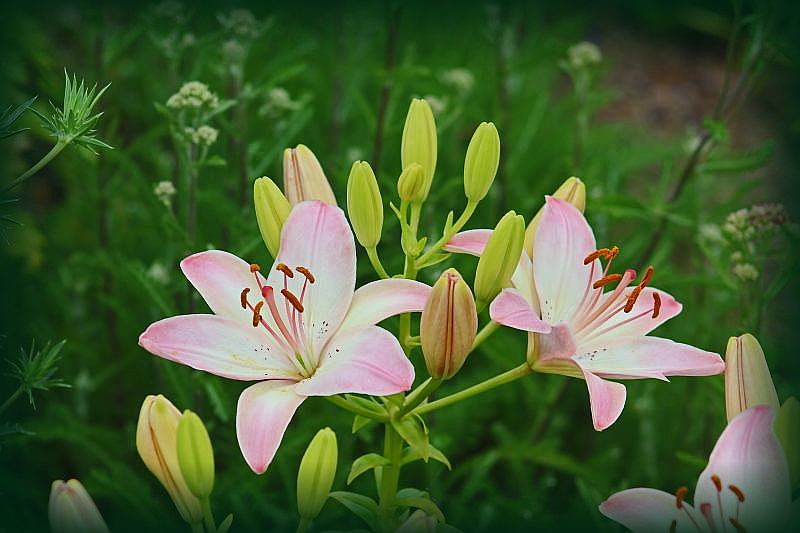
By the way, the more suited your flowers are to the local climate, the easier it will be to create a lush, abundant garden. Check out a selection of native plants at your garden center for inspiration. Not only are these colorful flowers great for pollinators, but they also serve as beautiful bouquets when cut.
Conclusion
Once the plants have been selected, it’s time to put them in place. But be careful. It is important not only to give them enough light according to their needs but also to make sure that the ones that are bigger are behind the smallest, as otherwise, the latter will not grow well.
Also, to make better use of the space put a table or shelf, or even one or more shelves attached to the wall. A beautiful bulbous pot can also look great, combining spring flowers with summer flowers. If you dare, you should choose a wide container, as it is advisable to keep the distance between the bulbs indicated on the container.
When everything is ready, you can enjoy your garden. Water and fertilize the plants as needed, and inspect them from time to time to see if they have any pests or symptoms of the disease.
FAQ
How do you make a flower garden?
Start by choosing a fantastic area to grow your flowers if you want to create your own flower garden. When choosing a location, consider the precise type of growing environment that the flowers you want to plant will require. For the majority of flowers, you’ll need a place with lots of sunlight, but you might also want one with some gloomy spots and perhaps even a few covered areas for plants that prefer diffused light to direct sunlight.
It is best to choose a site with a variety of solar exposure so that you may change it up and make the most of the entire area. Keep the preferences of the flowers in mind when altering your soil. Keep the preferences of the flowers you want to grow at the forefront of your mind when making soil adjustments.
What are the easiest flowers to grow?
Consider the preferences of the flowers when making changes to your soil. Take into consideration the preferences of the flowers you want to grow when modifying your soil.

